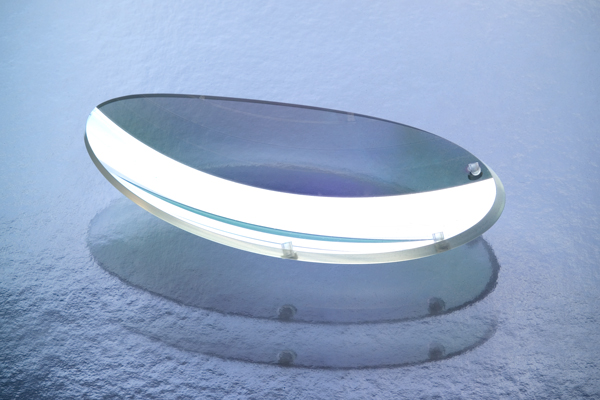
The demand for high-precision optics has grown significantly with advancements in aerospace, medical imaging, consumer electronics, and automotive technologies. With their complex geometries, Aspheric lenses offer superior optical performance compared to traditional spherical lenses by reducing aberrations and allowing more compact designs. However, achieving optimal accuracy in manufacturing these lenses presents technical challenges. This article explores the advanced methods and tools used to make aspheres more accurate, ensuring high-quality optical performance.
The Importance of Aspheric Lenses
Aspheric lenses have surfaces that deviate from the standard spherical shape, making them ideal for focusing or dispersing light more effectively. They play a crucial role in applications that require exceptional precision, such as telescopes, high-resolution cameras, laser optics, and medical equipment. By minimizing spherical aberrations, aspheric lenses enable superior clarity and sharpness, even with fewer elements in the optical system. This makes them essential for compact, lightweight devices.
Challenges in Asphere Manufacturing
Despite their advantages, manufacturing aspheric lenses with high accuracy is technically demanding. The non-spherical surface introduces complexity in both the design and production stages. Factors such as surface deviations, material inconsistencies, and alignment issues during fabrication can affect lens performance. Additionally, precision requirements in custom aspheric lenses—designed for specific applications—demand advanced tools and techniques to achieve desired accuracy.
Advanced Manufacturing Techniques for High-Precision Aspheres
Diamond Turning Technology
Diamond turning is a leading technique for fabricating aspheric lenses, especially for infrared optics. This single-point process uses a diamond-tipped tool to cut the lens surface with high precision. The process achieves excellent surface finishes and tight tolerances, making it ideal for producing custom aspheric lenses. However, diamond turning is typically used for softer materials like polymers and metals, as applying directly to hard optical glass may be challenging.

Molding Techniques
Precision glass molding is another widely adopted method for manufacturing high-quality aspheric lenses. This process involves heating and pressing the optical glass into a mold with the desired aspheric shape. The primary advantage of this method is the ability to mass-produce identical lenses with consistent quality, making them suitable for applications like camera lenses and VR headsets. However, maintaining lens accuracy requires extremely precise mold designs and temperature control.
Computer-Controlled Polishing (CCP)
For more complex designs, computer-controlled polishing (CCP) offers unparalleled accuracy. This process involves using programmable polishing heads to remove material from the surface selectively. CCP is highly effective in correcting surface errors, especially in custom aspheric lenses, ensuring they meet strict tolerances. Advances in software and machine learning algorithms have further improved the effectiveness of this technique, reducing production errors significantly.
Interferometric Metrology
Accurate metrology tools are essential in optimizing asphere production. Interferometers are widely used to measure surface deviations with nanometer precision, comparing the manufactured lens against its ideal design. These measurements guide iterative polishing processes, ensuring each lens meets design specifications. Interferometry is particularly valuable in applications requiring extreme precision, such as aerospace optics and high-powered lasers.
Optical Alignment and Assembly Tools
Even the most precisely manufactured aspheric lenses must be carefully aligned during assembly to ensure optimal performance. Automated alignment systems, guided by advanced metrology tools, help minimize misalignment errors. These systems are particularly useful when assembling multiple lenses into complex optical systems, ensuring the assembly performs as intended.
Ensuring Consistency and Quality
While advanced tools and techniques are critical for manufacturing accurate aspheres, quality control processes are equally important. Every step must be closely monitored, from raw material selection to final inspection. Automated inspection systems can detect micro-defects early, reducing waste and rework. Additionally, modern production environments leverage real-time data analytics to ensure consistent performance across batches.
Conclusion
The drive for precision in asphere manufacturing has led to the development of advanced methods such as diamond turning, glass molding, and computer-controlled polishing. As industries demand increasingly customized solutions, manufacturers continue to innovate to make aspheres more accurate and cost-effective, ensuring high performance across various applications.







